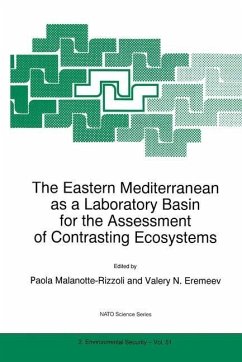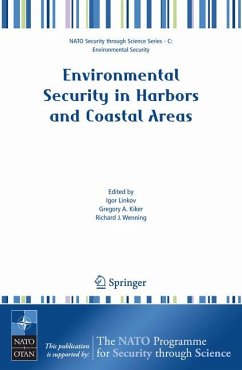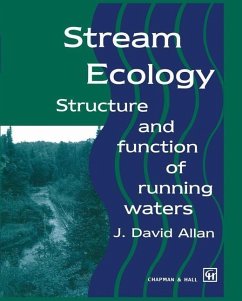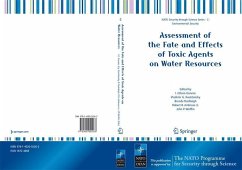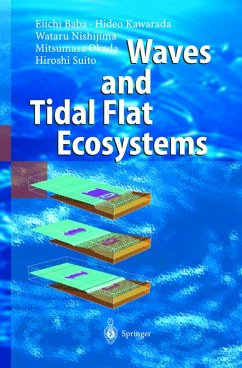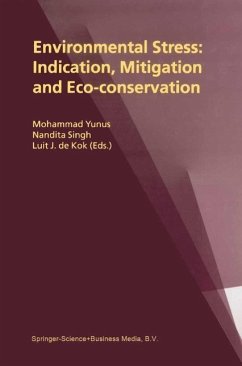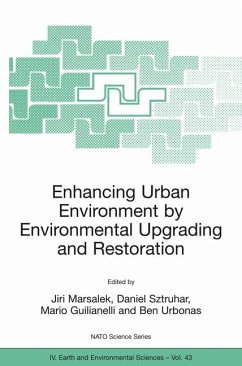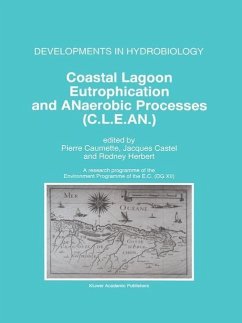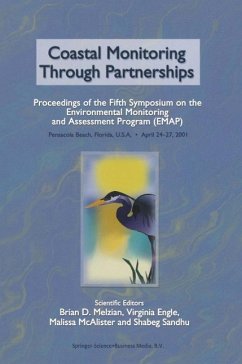
The Environment in Asia Pacific Harbours (eBook, PDF)
Versandkostenfrei!
Sofort per Download lieferbar
160,95 €
inkl. MwSt.
Weitere Ausgaben:

PAYBACK Punkte
80 °P sammeln!
In the USA, Asia and Europe, as well as worldwide, trade is growing rapidly and much of it depends on shipping. This is leading to the development of mega-cities and mega-harbours. The marine environment is degrading. Is increasing trade ecologically sustainable? This book addresses this question through harbours in the Asia Pacific region, including Tokyo Bay, the Pearl Estuary, Hong Kong, Shanghai, Ho Chi Minh City, Manila Bay, Jakarta Bay, Bangkok, Singapore, Klang, Pearl Harbour, and Darwin. Much of the world trade goes through these harbours. This book demonstrates, through the writing of...
In the USA, Asia and Europe, as well as worldwide, trade is growing rapidly and much of it depends on shipping. This is leading to the development of mega-cities and mega-harbours. The marine environment is degrading. Is increasing trade ecologically sustainable? This book addresses this question through harbours in the Asia Pacific region, including Tokyo Bay, the Pearl Estuary, Hong Kong, Shanghai, Ho Chi Minh City, Manila Bay, Jakarta Bay, Bangkok, Singapore, Klang, Pearl Harbour, and Darwin. Much of the world trade goes through these harbours. This book demonstrates, through the writing of eminent scientists in each of these countries, the oceanography and ecosystem science necessary to understand how these urbanised marine ecosystems function. It offers science-based solutions to achieve ecologically sustainable development. These lessons are important not only for the Asia Pacific Region, including Australia, but also worldwide. The book is a wake-up call that all the countries in the Asia Pacific are facing the same, serious socio-economic and environmental problems with varying scales. Each of these countries addresses these issues differently. This book shows that we have much to learn from each other to ensure that development does not need to be at the cost of the environment. I commend this book for its comprehensive coverage of the links between oceanography, ecosystem processes, and socio-economic issues.
Dieser Download kann aus rechtlichen Gründen nur mit Rechnungsadresse in A, B, BG, CY, CZ, D, DK, EW, E, FIN, F, GR, HR, H, IRL, I, LT, L, LR, M, NL, PL, P, R, S, SLO, SK ausgeliefert werden.




